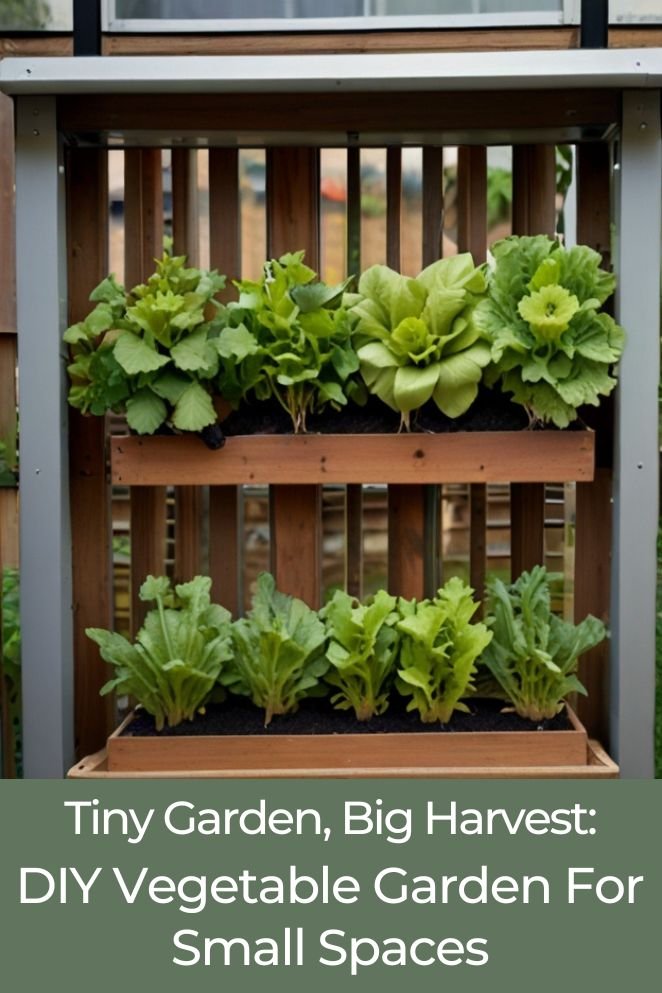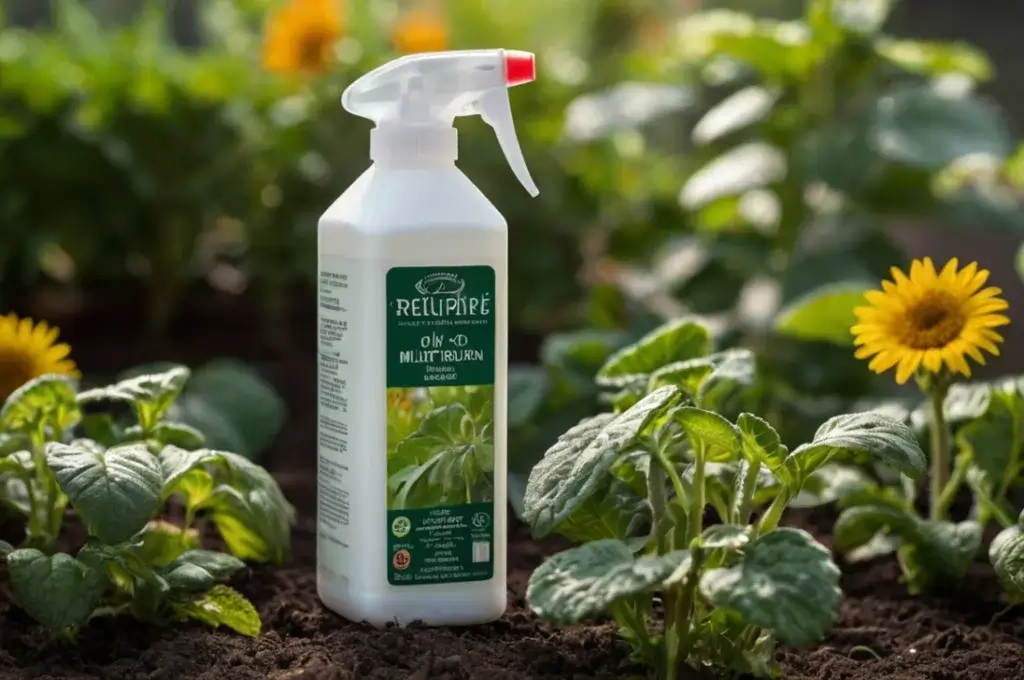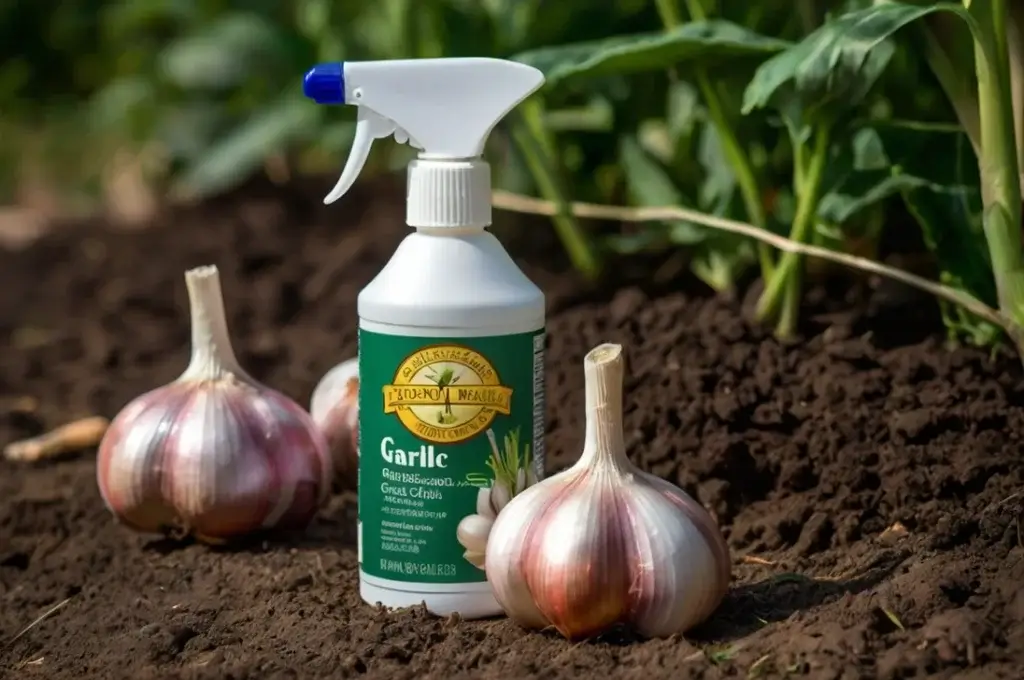
Gardening is an enjoyable hobby that can be adapted to any space, including small urban areas.
A DIY vegetable garden for small spaces can be a fun and rewarding experience, allowing you to grow your own fresh produce while saving money and reducing your carbon footprint.
In this article, we will explore the benefits of small-scale vegetable gardening, planning your mini-garden, and tips for growing vegetables in limited spaces.
Benefits of Small-Scale Vegetable Gardening
Small-scale vegetable gardening offers numerous advantages that go beyond just having access to fresh produce.
Let’s explore these benefits in more detail:
Fresh produce
Growing your own vegetables allows you to harvest them at peak ripeness, ensuring maximum freshness and flavor.
Unlike store-bought produce that may have been harvested prematurely and traveled long distances, homegrown vegetables can be picked when perfectly ripe, offering superior taste and nutritional value.
Cost savings
Investing in a small-scale vegetable garden can lead to significant cost savings over time.
While there may be initial expenses for seeds, soil, and gardening tools, the long-term benefits outweigh the costs.
By producing your own vegetables, you can reduce your grocery bill and potentially eliminate the need to purchase certain items altogether, resulting in substantial savings throughout the growing season.
Environmental impact
Small-scale vegetable gardening has a positive environmental impact by reducing reliance on commercially grown produce, which often requires extensive transportation and packaging.
By growing your own vegetables at home, you can minimize your carbon footprint and contribute to environmental sustainability.
Health benefits
Engaging in small-scale vegetable gardening is not just about growing food—it’s also a form of physical activity that offers numerous health benefits.
Spending time outdoors, tending to plants, and performing gardening tasks like digging, planting, and weeding can provide valuable exercise for both the body and mind.

Planning Your Mini-Garden
When planning your mini-garden, several key factors come into play to ensure a successful and enjoyable gardening experience.
Let’s explore these aspects in more detail:
Location
Choosing the right location is crucial for the health and productivity of your mini-garden.
Opt for a spot with ample sunlight, receiving at least 6 hours of direct sunlight per day.
Additionally, consider protection from strong winds, as excessive wind can damage delicate plants.
Choosing the right vegetables
CWhen selecting vegetables for your mini-garden, several important factors should be taken into account to ensure successful growth and maintenance:
- Leafy greens: Lettuce, spinach, and kale are easy to grow and provide nutritious leaves.
- Herbs: Basil, parsley, and cilantro are popular herbs that can be grown in small spaces.
- Cherry tomatoes: These small fruits are prolific and can be grown in pots or hanging baskets.
- Peppers: Choose compact varieties like the ‘Patio Sweet’ or ‘Sweet Banana’ for small spaces.
- Bush beans: These plants are compact and can be grown in pots or along a fence.
- Radishes: These fast-growing vegetables can be harvested in as little as 30 days.
Factors to consider when choosing vegetables
Space
Evaluate the available space in your mini-garden and choose vegetables that fit within its confines.
Opt for compact varieties or those that can be grown vertically to make the most of limited space.
Vertical gardening techniques, such as trellising or using hanging planters, can help maximize space utilization and increase the yield of your mini-garden.
Sunlight
Consider the amount of sunlight your garden receives throughout the day.
Different vegetables have varying sunlight requirements, with some needing full sun exposure while others can tolerate partial shade.
Place sun-loving plants in areas that receive ample sunlight, while positioning shade-tolerant varieties in areas with less direct sunlight.
Soil
Ensure that your soil is well-draining and nutrient-rich to support healthy plant growth.
Test the soil pH and texture, and amend it as necessary with organic matter such as compost or aged manure to improve fertility and structure.
Healthy soil provides essential nutrients and promotes strong root development, leading to robust and productive plants.
Ease of care
Choose vegetables that are easy to grow and maintain, especially if you’re new to gardening or have limited time to devote to your mini-garden.
Look for varieties that are disease-resistant and require minimal pruning or special care.
Selecting low-maintenance vegetables will make it easier to keep your garden thriving with minimal effort, allowing you to enjoy a bountiful harvest without undue stress or hassle.

DIY Vegetable Garden for Small Spaces
Creating a DIY vegetable garden in a small space is entirely feasible with a few creative approaches. Let’s explore some simple yet effective methods:
Container gardening
Container gardening involves growing vegetables in pots or containers, making it ideal for small spaces such as balconies, patios, or even windowsills.
Choose containers with adequate drainage holes to prevent waterlogging, and use high-quality potting mix to provide nutrients and support healthy root growth.
Ensure that each vegetable has enough space to grow without overcrowding, as this can lead to competition for nutrients and hinder development.
Container gardening offers flexibility, allowing you to rearrange or relocate your plants as needed to optimize sunlight exposure and space utilization.
Vertical gardening
Vertical gardening is a space-saving technique that involves growing vegetables vertically rather than horizontally.
Utilize trellises, walls, or fences to support climbing vegetables such as peas, beans, cucumbers, and tomatoes.
Vertical gardening maximizes vertical space, making it possible to grow a variety of vegetables even in limited areas.
Consider installing sturdy structures and providing adequate support for vining plants to ensure they can climb and thrive vertically.
Additionally, vertical gardening adds visual interest to your space and can serve as a decorative element in addition to being functional.
Square foot gardening
Square foot gardening is a method of intensive planting that divides the garden into square-foot sections, each dedicated to growing a specific vegetable or herb.
This approach optimizes space utilization and allows you to grow a diverse array of vegetables in a compact area. Use raised beds or containers to create defined square-foot sections, and plant vegetables according to their spacing requirements to prevent overcrowding.
Square foot gardening encourages efficient use of resources such as water, soil, and nutrients, resulting in higher yields and reduced maintenance compared to traditional gardening methods.

Additional Tips
Start with seeds
Begin your gardening journey by purchasing seeds from a local nursery or reputable online seed supplier.
Starting seeds indoors 4-6 weeks before planting allows you to get a head start on the growing season and gives your vegetables a better chance of thriving once transplanted outdoors.
Use a raised bed
Consider using a raised bed for your small-space vegetable garden.
Raised beds provide several benefits, including improved drainage, better aeration, and reduced soil compaction.
They also offer better control over soil quality and temperature, resulting in healthier plants and higher yields.
Incorporate compost
Boost the fertility and health of your soil by incorporating compost into your gardening beds.
Compost enriches the soil with essential nutrients, improves drainage, and promotes beneficial microbial activity.
Regularly adding compost to your garden beds ensures a nutrient-rich growing environment for your vegetables.
Water regularly
Consistent watering is essential for the health and vitality of your vegetable plants.
Ensure your vegetables receive an adequate amount of moisture by watering them regularly, especially during dry spells or hot weather.
Use a watering schedule that keeps the soil consistently moist but not waterlogged, as overwatering can lead to root rot and other issues.
Feeding
Feed your container vegetables with organic fertilizer to provide them with the necessary nutrients for healthy growth and development.
Choose a high-quality organic fertilizer specifically formulated for container gardening and follow the manufacturer’s recommendations for application frequency and dosage.
Pest control
Implement natural pest control methods to protect your vegetable plants from common pests.
Options include using neem oil, a natural insecticide derived from the neem tree, which is effective against a wide range of pests while being safe for beneficial insects and the environment.

Conclusion
Creating your own vegetable garden in a small space can be both enjoyable and fulfilling.
With careful selection of vegetables, thoughtful planning, and the use of space-saving techniques, you can savor the satisfaction of harvesting fresh, homegrown produce right in your urban environment.



